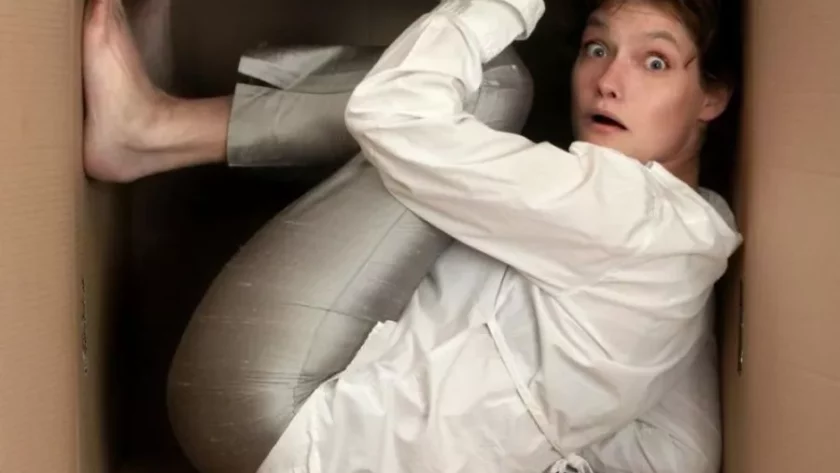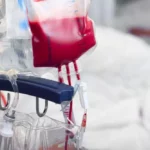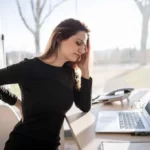OVER VIEW
Contents
Claustrophobia is a type of specific phobia. In this person fear of enclosed or tight space.
A Phobia is fear an intense and irrational fear of certain objects, situations, and places like injections, cloud lighting, blood, congested area, running phobia, etc.
If it goes to an extreme level, then the person may also get a panic attack. It can arise from many situations, and places like:
- Traveling on a bus, metro, on crowd time
- Windowless room
- Underwater caves
- Any crowded place like an underground market
- Small cars
- Tunnels
- Being in a Packed elevator
- Under MRI and CT scan
- Revolving doors
One study suggests that 5 to 10% of the world population is affected by severe claustrophobia, but only a small percentage of them receive treatment for this disorder.
Many people make the mistake they compare Claustrophobia with Agoraphobia both are different from each other.
NOTE: In Claustrophobia, a person is afraid of crowded and closed spaces.
And In Agoraphobia, a person fears crowds and seems that they can’t get out of there.
In some people, claustrophobia disappears when they get older.
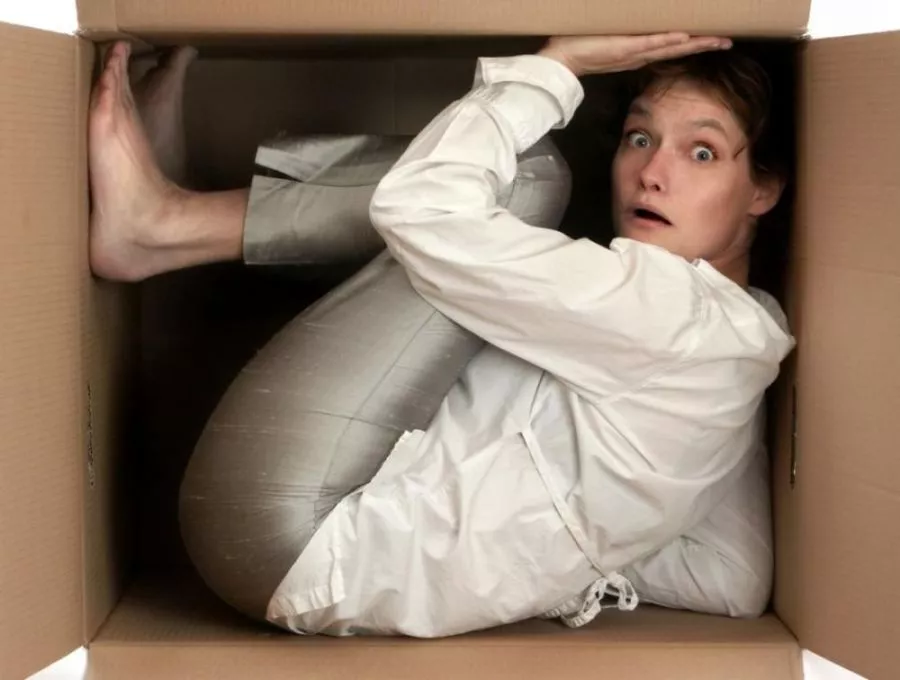
Reasons of claustrophobia
There are many causes of claustrophobia are:
- Our brain is very powerful, but easily triggered by environmental situations
- Result of past experiences
- Dysfunction of the amygdala, which is part of our brain, the amygdala is needed for the creation fight to fight situations or fear, causing phobia.
- MRI (Magnetic resonance imaging) can trigger claustrophobia. A study reported that 13% of patients experience panic attacks during the MRI scan.
Some other situations may trigger fear or traumatic event in children, which causes claustrophobia at a young or adult age. Include:
- As a role of punishment, locking children in, classrooms, crowded areas, basements, etc
- Shut into a box
- Accidentally locked in a closet
- Fall into the pool, and cannot swim
- If the child is lost by parents in crowded areas like markets, etc.
- Stuck in a hole, or fall in a hole, which creates anxiety, and fear in children
About 12.5% of the population have this fear, with the majority of them being females (2).
3. Signs and Symptoms
Phobia or claustrophobia is an anxiety disorder, generally, symptoms may develop during childhood. Here are the signs and symptoms are:
- Sweating
- Fast heartbeat
- Dry mouth
- Hot flashes
- Nausea
- To freeze because to fear
- Headache
- Feel like urination
- Loss of sensation
- Confusion
- Fear of harm or illness
- Breathing that is deeper and more rapid than normal
Severe symptoms of claustrophobia
- Panic attack
- Choking sensation
- Difficulty in breathing
- Pain in chest
- Dizziness
NOTE: A panic attack may lead to a heart attack or other serious conditions, but it will not cause death.
However, some symptoms are visible in these people even before the anxiety or panic or fear attack occurs.
Panic attack symptoms include:
- Sweating
- Fear of harm
- Fast heart rate
- Shaking
- Trying to get out of that place as quickly as possible
- Shout loudly
- Nausea
NOTE: In addition, the natural environmental phobia was associated with increased symptoms:
4. Diagnose
Claustrophobia is usually diagnosed by consulting other anxiety-related conditions.
The doctor will review your symptoms and give you a physical exam.
However, your family or partner may help the doctor to diagnose it disorder, by telling them, when you feel anxiety and fear.
A professional doctor can also diagnose in other methods:
- Any problem in the brain’s amygdala
- Family history
- Mental state examination to diagnose also other phobias.
For the doctor to diagnose your anxiety as a phobia, it must be severe enough that affects your ability to lead a normal life.
5. Treatment
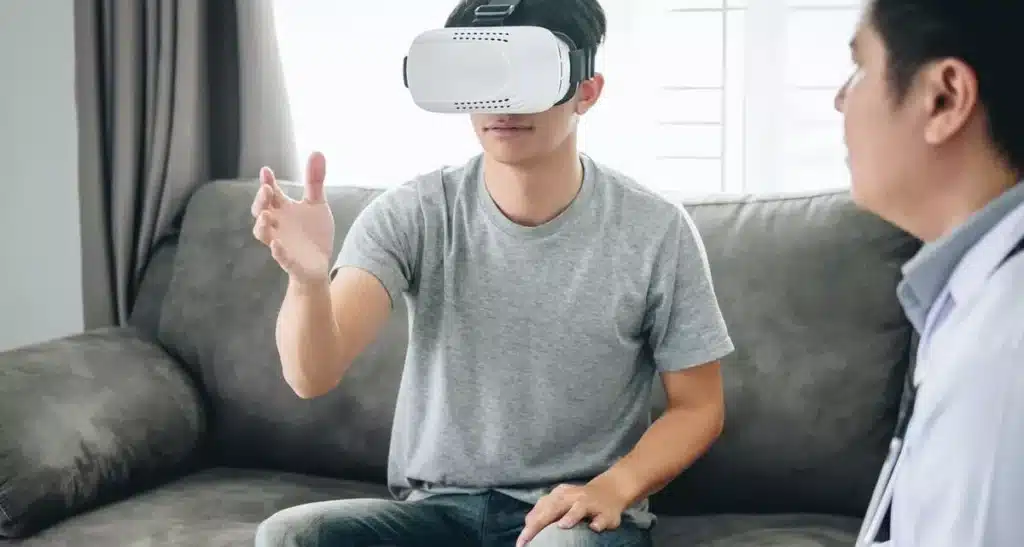
There are many treatments available, which may recommend for other types of phobia.
NOTE: One thing to note is that it is effectively possible to overcome claustrophobia or any other phobias with proper treatment.
Virtual Reality
Virtual reality technology in a stimulating computer-generated atmosphere is one option for treatment for claustrophobia.
Cognitive Behavioral Therapy
The management for claustrophobia is cognitive behavioral therapy, in which the patient can discuss negative and distorted beliefs.
The true goal of cognitive therapy is to modify troubled thoughts or Incorrect views, the theory is that modifying these thoughts will reduce anxiety and avoidance of certain situations.
A study conducted by S.J Rachman showed that cognitive therapy reduced fear and negative thoughts by about 30% in patients suffering from this disorder.
Exposure Therapy
Exposure therapy is a form of treatment where the patient gets exposed to the physical sensation of anxiety in a controlled environment
S.J Rachman also tested this treatment, which is also an effective method, to reduce fear and negative thoughts by about 75% in patients, and great in various phobias (5)
Who is S.J Rachman? – Is psychologist and Professor Emeritus of the Department of Psychology.
Medication
This is another way to treat this phobia, there are many drugs, which psychologists may give you are:
- Tranquilizers, (are more commonly used for specific phobia patients)
- Compassionate medicines like cycloserine, hydrocortisone
- Antidepressants, and anti-anxiety medication, help a person treat panic and physical symptoms
One study showed that the effect would be more effective if 10 mg of oral hydrocortisone was given to patients undergoing cognitive therapy.
Research has shown that treatment has only resulted in about 40% of patients having long-term benefits, and others will fail to have complete remission.
Modeling
In this, the person sees that other people are facing the phobia trigger without any fear, or anxiety. And the whole thing encourages his confidence.
6. Tips To Overcome or Reduce Claustrophobia
Many people avoid those places, and situations of any type of phobia, that can trigger other conditions, but it is not a long-term solution.
Here are some tips or hacks to overcome claustrophobia. which include:
- Start your morning with some breathing asanas like Kapalbhati, and Anulom vilom (which is a breathing exercise)
- Focus on the place and moment that calms or relaxes you.
- Remind yourself again and again that fear and anxiety will pass. For example – The sun does rise after every dark night.
- Focus on something funny, and safe stuff like funny, naughty videos, and watching TV.
BOTTOM LINE
Claustrophobia is a type of specific phobia. In this person fear of enclosed or tight space.
In Claustrophobia, a person is afraid of crowded and closed spaces.
One thing to note is that it is effectively possible to overcome claustrophobia or any other phobias with proper treatment.
In some people, claustrophobia disappears when they get older.

